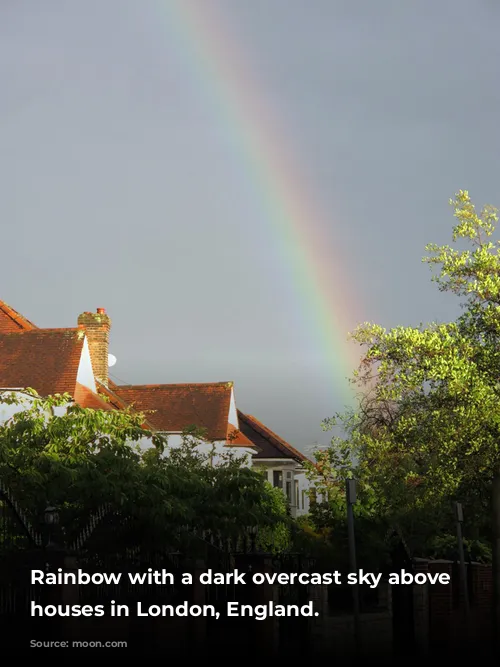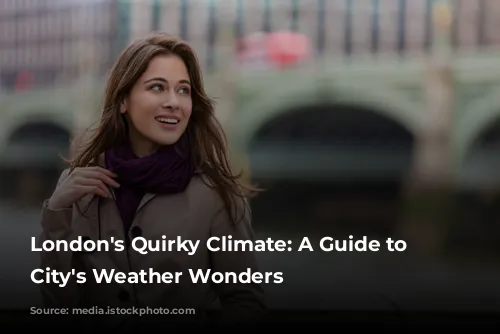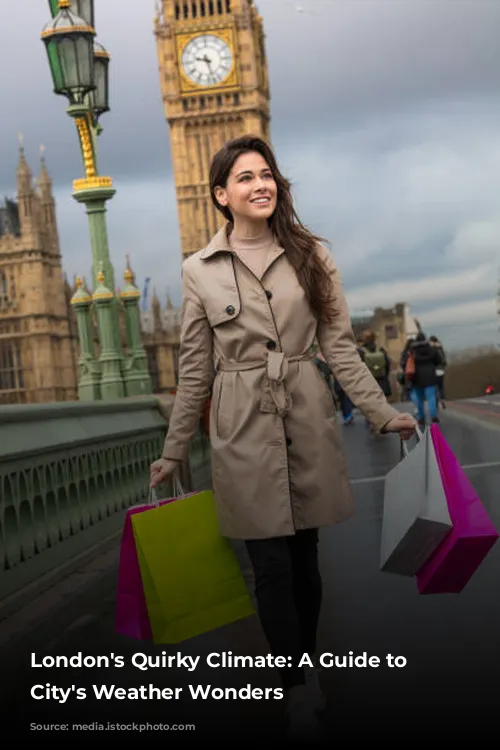London’s unique location on the globe, 51°30’ North, creates a fascinating interplay of light and temperature. When the clocks shift back in late October, the days dramatically shorten, ushering in winter. By December, the sun rises around 8am and sets before 4pm, leaving Londoners navigating the city in darkness. Having moved from sunny California, I found this shift in daylight particularly jarring.
The opposite end of the spectrum, summer, also presents its own set of challenges. The sun rises as early as 4am in June, with birds chirping even earlier! This early sunrise makes sleep a challenge, especially for those with young children, as the sun doesn’t set until nearly 9:20pm. While the extended daylight is delightful, most of us still crave our eight hours of sleep. To combat the early morning light, many Londoners rely on blackout curtains, which provide a welcome reprieve from the sun and offer some extra insulation during the colder months.
A Surprisingly Temperate Climate
Despite its northern latitude, London enjoys a surprisingly mild climate thanks to the Gulf Stream, which brings warm water from the Caribbean to Western Europe. This makes London much warmer than its latitude would suggest. January temperatures hover around 8°C (46°F), with average high temperatures in July reaching 22°C (73°F). While there are occasional days that exceed 25°C (77°F) or even 30°C (86°F) in the summer, London rarely experiences the extreme heat of other cities at a similar latitude. Winter temperatures can dip to freezing, but most homes have heating systems to keep residents cozy.

Rain, Rain, Go Away
One characteristic of London weather that you must prepare for is rain, which falls throughout the year. While the annual rainfall isn’t excessive (around 23 inches/58 centimeters), the city seems to experience drizzle with remarkable frequency. The easiest solution is to keep a small, lightweight umbrella or a waterproof jacket handy. Occasionally, London will experience thunderstorms with heavier rain, but the majority of the precipitation is gentle.

Snow: A Rare but Disruptive Visitor
Much to the chagrin of London’s children, snow is a relatively uncommon occurrence. The city generates a significant amount of heat from buildings and cars, making it difficult for temperatures to drop low enough for snow to fall and settle. London is generally several degrees warmer than the surrounding countryside. However, when snow does make a rare appearance, the city grinds to a halt.
The Underground and train services can be disrupted by freezing temperatures and snow. Although called the Underground, many lines run above ground outside the city center, making them vulnerable to snow and ice. The traffic network suffers the most during snowfall, even with just a single inch of snow, causing major delays and gridlock. This is further compounded by the fact that many Londoners aren’t accustomed to driving in snowy conditions and often misjudge the roads, leading to accidents.

A Recent Shift in Weather Patterns
In recent years, Britain’s typical weather patterns have shown signs of changing. After a decade of mild winters, the past few years have brought colder temperatures and more rain. This shift could be a result of Northern Europe’s long-term weather cycles or a more concerning indication of climate change. If the UK is indeed experiencing climate change, London will need to adapt and become more prepared for the effects of wet or snowy weather.

London’s Temperate Summers
On the other end of the spectrum, London rarely experiences scorching summers. The city’s summers are typically pleasant, with a few days potentially reaching the low 80s (F). During these warm spells, Londoners flock to the parks to enjoy the sunshine. However, it’s worth noting that London homes aren’t usually equipped for extended periods of heat. Air conditioning is rare, as it’s not typically needed. I only recall one truly unbearable summer in my 20 years living in London—the summer of 2003. Other than that, hot weather is usually limited to a week or two at a time. For the most part, London summers tend to be a bit damp, as any Wimbledon tennis fan can attest.
London’s weather is a fascinating mix of surprises. From the dramatic shift in daylight to the rare but disruptive snowfall, the city offers a unique and ever-changing climate that adds a touch of intrigue to life in the capital.









